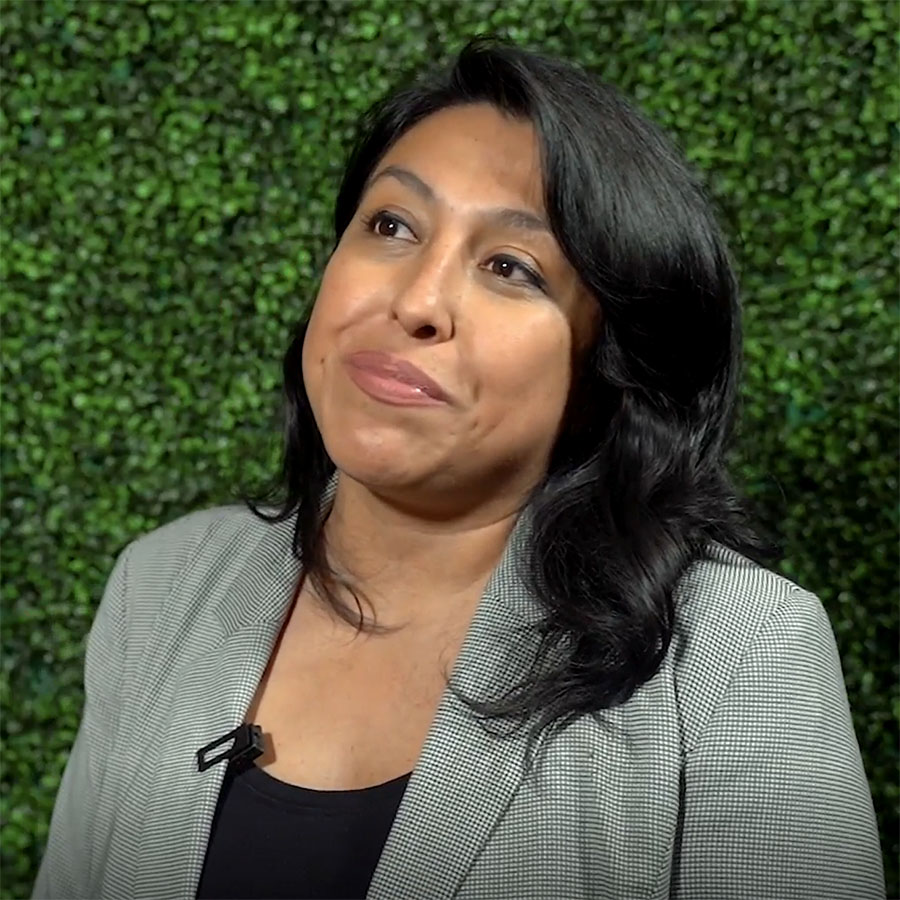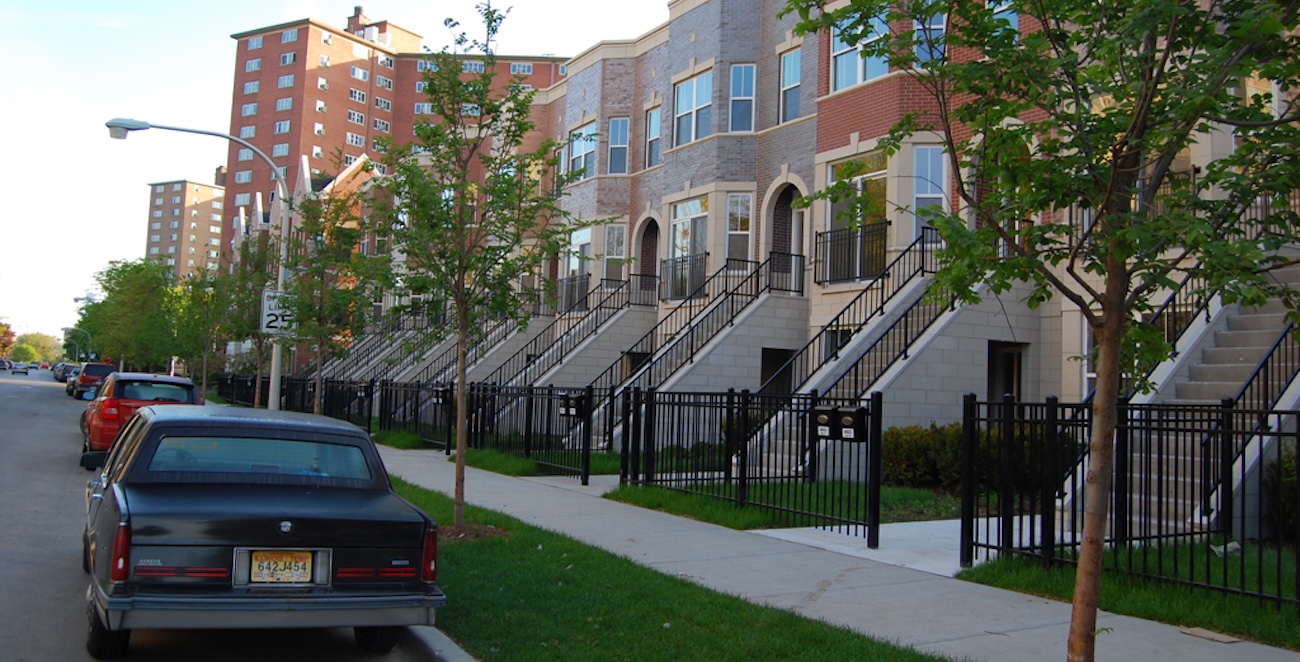New data released by the US Census shows good news on many economic fronts. The middle class has seen income increases, poverty is down nationally, and many groups that had been left behind by the economic recovery are seeing rising incomes.
But the news is not universally good. CNT’s Urban Opportunity Agenda has taken a close look at poverty and opportunity in a dozen cities across the country. The latest update of Census data for those cities shows mixed progress on poverty in the last year—Chicago, Long Beach, Memphis, and Gary, IN all saw significant decreases in their poverty rates from 2014 to 2015, but Akron saw a significant increase. Changes in the other 5 cities we studied—Charlotte, Detroit, Macon-Bibb, Miami-Dade County, Philadelphia, San Jose and St. Paul—were not greater than the margin of error for the data, but San Jose and Detroit had increases in the poverty rate while the other three had decreases.
The most significant change of the cities we studied was in Gary where the poverty rate fell from 38% in 2014 to 30% in 2015. Even considering a 4.4% margin of error, this change is remarkable. The initial statistics seem to show that the changes in Gary are strongest for children and African American residents.
While determining the exact cause of the poverty reduction in Gary requires fuller study, one key factor is a stronger economy. Unemployment peaked in the Gary region in January 2010 at 12% with just 290,000 jobs for a labor force of 330,000. Preliminary statistics for July 2016 from the Bureau of Labor Statistics show 330,000 jobs in the Gary region for a labor force that has grown to 350,000 and an unemployment rate that has dropped to 5.8%.
Within Gary city, the median household income rose from $26,000 to $30,000 from 2014 to 2015.Yet, Gary has a long way to go to help its residents reach economic sustainability. Incomes in Gary are still far below other parts of the country—the national median household income is $56,000 and neighboring Chicago has a median household income of $51,000. Gary’s poverty rate is also twice today’s national rate and twice the 15% poverty rate Gary had in 1970.
To continue its progress in reducing poverty Gary has to maintain its positive economic momentum and that must include helping households cut costs. Nationally, the cost of living has been rising faster than incomes and Gary is not immune to such trends. A moderate income household in Gary spends 25% of their income on transportation according to the CNT Housing and Transportation Affordability Index. With an AllTransit Performance Score of just 1.8 on a scale of10, it is clear that Gary’s transportation system needs improvement if it is to be a reliable, cost saving means of jobs access for Gary’s households.
In aggregate, Gary residents spend $305 million per year on transportation—or $9 billion over a 30 year period. Channeling some of those funds to local transportation solutions that increase convenience and decrease costs would benefit households of all income levels. Similar efficiencies and savings can be found in areas like water and energy.
Cities around the country are grappling with issues of equity and economic mobility. The recent Census statistics give some glimmers of hope that the tide is turning towards an economy that benefits all, but targeted investments to make our cities more efficient and lower household costs will help lock in and multiply the benefits of those economic improvements.





 Strengthening Transit Through Community Partnerships
Strengthening Transit Through Community Partnerships